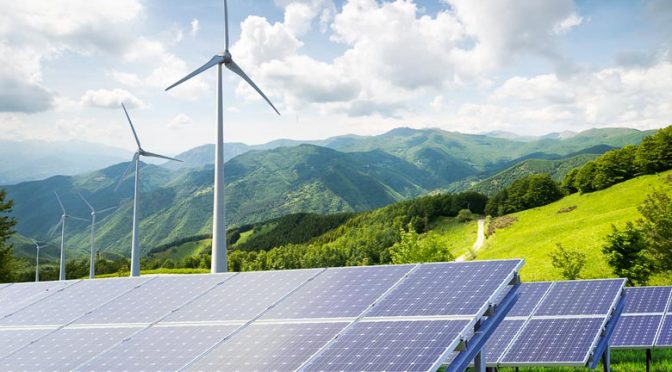Last year, McDonald‘s joined a growing list of many of the world’s largest companies deciding to power their stores, factories and data centers with wind energy. AWEA’s recent Wind Powers American Business report dives into this full-fledged trend, but for some one-on-one background on why companies are spurred in this direction, I recently spoke with Emma Cox, Renewable Energy Lead at McDonald’s.
McDonald’s reasons, like many of its windy counterparts, are multi-faceted; economics, good stewardship, and customer preferences were all key components of the company’s decision. Emma shed further light on McDonald’s renewable energy play below:
McDonald’s is not only a first-time buyer of wind energy in 2019 but also the first in the quick service restaurant industry to purchase wind, ahead of your competition. Why did now feel like the right time to make this move? Is it part of a larger initiative? Have the economics of a deal like this changed and made it more attractive to pursue?
Emma: In 2018, McDonald’s set a very ambitious, science-based target goal to reduce our greenhouse gas emissions by 36 percent for our restaurants and offices by 2030. When we initially set that goal, we knew renewable energy would play a large role in helping us to get there, so we got to work on setting a strategy right away. I would say the sustained cost declines of wind power and the tax incentives that are currently available for renewable energy make it an easier business case for many C&I buyers, but McDonald’s was determined to reach our goal regardless of the economics. We know that we have global scale, but we are determined to use that scale to do good for the world — including through renewable energy. In the work that we are doing, we also hope to help others access renewable energy and are encouraged to see more and more interest from other C&I buyers. We believe that no matter the reason for that trend, the increased adoption of renewable energy is a good thing.
Why did McDonald’s believe sourcing electricity from wind power was the right thing for its business and its corporate social responsibility goals? What’s the ROI you’re hoping to achieve?
Emma: McDonald’s is not procuring wind power for purely economic ROI. Wind is a perfect technology to achieve the type of scale we are looking for to meet our science based target, and we found PPAs to be the best method to do so. We also love the community benefit that comes along with wind projects, including local job creation, tax revenues, and income for land owners. At McDonald’s we’re continuously seeking ways to make a positive impact on the communities we serve, and the wind projects are another example of how we’re doing that.
The brand has purchased enough megawatts of wind energy to provide electricity to the equivalent of 1,900 U.S. restaurants. What does a commitment to clean power mean for employees and the customers McDonald’s serves?
Emma: McDonald’s operates 38,000 restaurants in over 100 countries—which include both franchised and company-owned restaurants. We see wind PPAs as the perfect way to use our scale for good by adding new clean energy to the U.S. electricity grid. With the positive impacts of new wind projects on both the environment and the local economies where they are located, our offices, franchisees, customers and communities all benefit from having a cleaner grid.
Will this be part of a larger trend? Does McDonald’s have any other renewables in its portfolio, and does it plan to add more?
Emma: The announcement of our first-ever U.S. PPAs at the end of last year builds on several years of work to procure renewable energy in many of our European markets. McDonald’s is just getting started on our renewable energy journey in the U.S. and plans to use the momentum from 2019 to continue growing our portfolio to work towards our science based target, while helping to transform and influence the industry.

